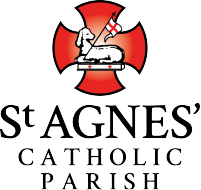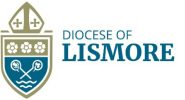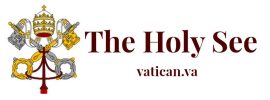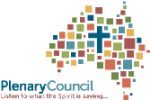The Road to Emmaus
As we move towards the end of the Easter Season, with the Feast of Pentecost on 31 May, it is appropriate to be reminded of, and to celebrate, the story of the disciples on the road to Emmaus (Luke 24:13-35).
This story known as the Road to Emmaus or the Walk to Emmaus or simply the Emmaus Story is quintessentially what Easter is about.
While the geographical identification of the village of Emmaus is not clear, scholars agree that this was a historical event.
The word ‘emmaus’ means “warm spring”. The story is read in the Church on the evening of Easter Sunday, then again at least once during the next eight days (the Octave of Easter) and again, this year (Year A), on the Third Sunday of Easter. It is the story, immediately following the resurrection, where Jesus meets two disciples and walks (journeys) with them.
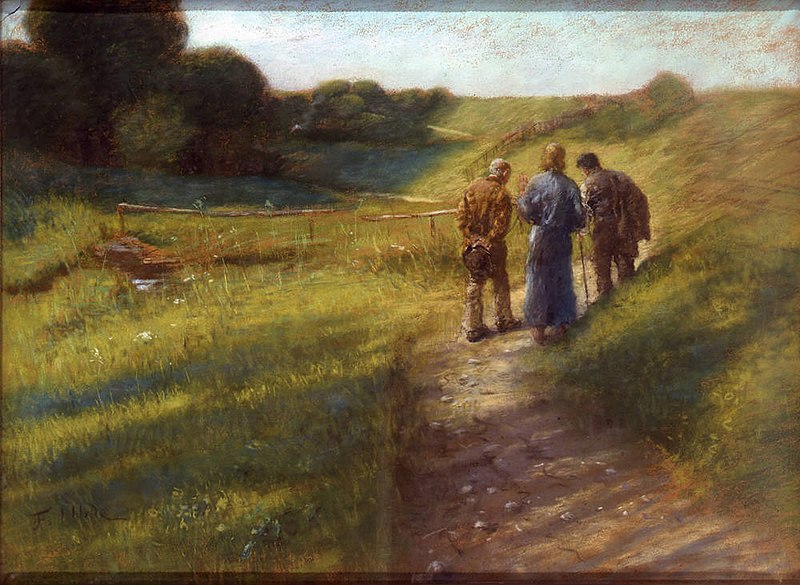
In the story four interconnected movements (elements/moments) can be found and indeed are the paradigm for one’s spiritual journey – walking (gathering/seeking/curiosity); listening (to stories of self, others, creation, God, Jesus and Spirit through scripture); sharing (reflecting, remembering, ruminating, responding); and going out (celebrating, sharing with others, telling the Good News).
These four actions also reflect the four parts of the Catholic Eucharistic Liturgy (Mass) – Gather, Listen, Transform, Send – and indeed is the movement often taught and used as a helpful way to structure ‘formal’ prayer experiences.
Whatever your journey in life or even holiday trip, see if these four moments of the story, on the Road to Emmaus, can be identified?
Suggested activity: As you read the Road to Emmaus (Luke 24:13-35) have the following piece of art by Fritz von Uhde as a focus for reflection.
May Jesus gently walk with us in our seeking. May he open our ears, eyes and hearts to his word. May he help us in our questions, and may he grant us the gift of being Good News to others. Amen.
Published: 13 May 2021
Author: Tony Worner – Leader of Formation


